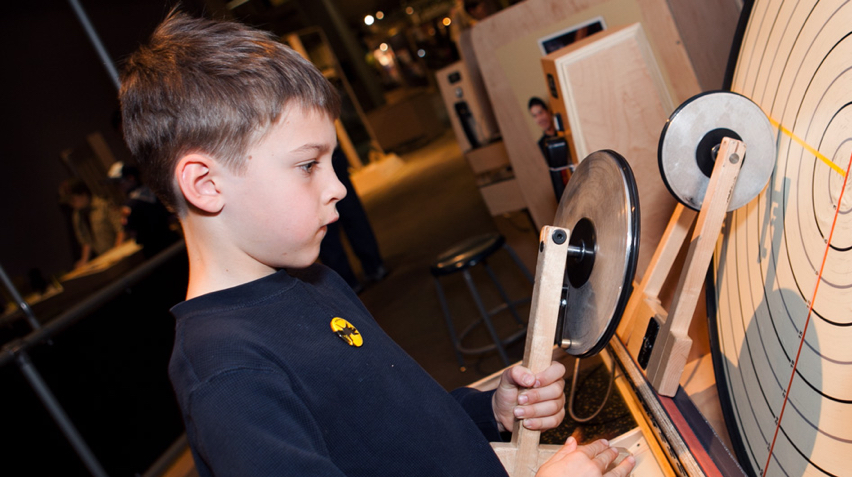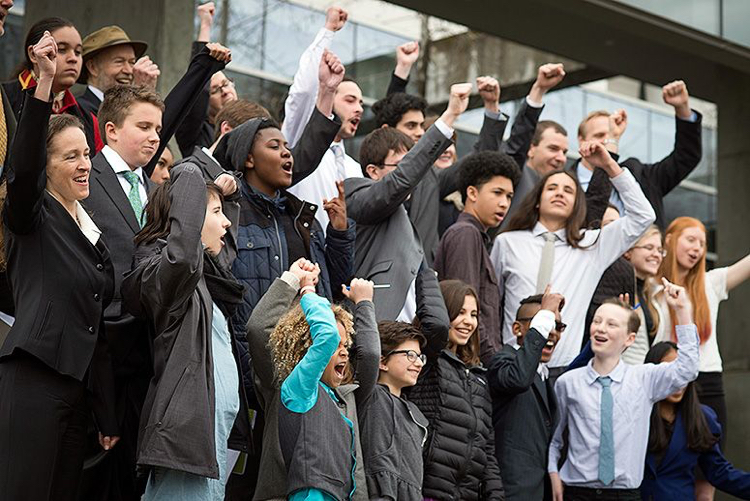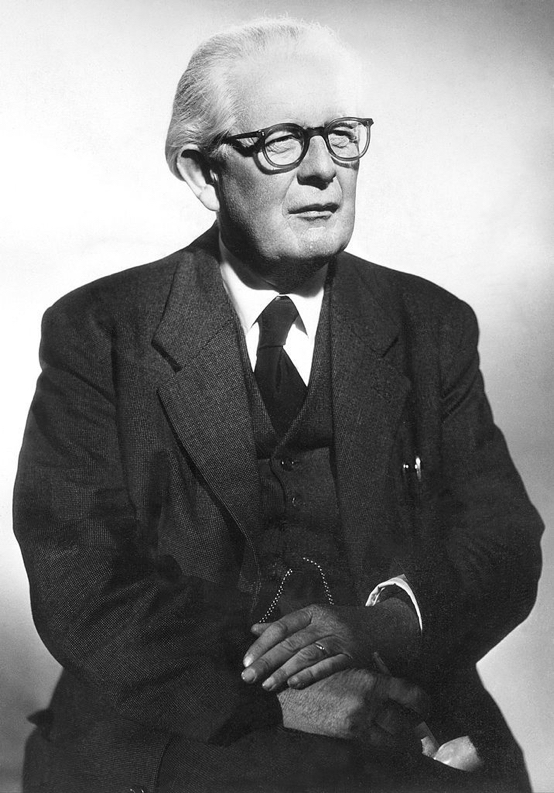Most parents and teachers avoid the topic until the students are in high school, but by then, they’ve already developed preconceived perceptions and prejudices about climate change. Most parents don’t know how to teach their children about climate change because they don’t understand much about it their selves. Some parents don’t believe climate change is real.

The Australian Psychological Society recommends getting kids out in nature, finding something good to do for the environment, listening to their concerns, letting them talk about the environment, finding out what they know and sharing what you know while monitoring what they hear.
Young children benefit from depth, not breadth--being immersed in the same subject matter for months, rather than jumping from topic to topic. And new research suggests that this approach helps older students, too.
In a study of American undergraduates, Marc Schwartz and his colleagues found that students whose high school science courses had covered at least one major topic in depth (i.e., for a month or longer) had better college grades than did peers who had learned about more topics during the same stretch of time. Studies suggest that kids learn more when they are required to explain their own reasoning.
Young kids and college students may have something one thing in common; They don’t like lectures. For instance, students enrolled in introductory physics benefit when the mode of instruction is interactive—i.e., when students engage in thought experiments or hands-on activities and students receive immediate feedback through discussion with teachers or peers.

Finally, the studies say: give children hope. A report from the American Psychological Association and ecoAmerica said that children “tend to be especially vulnerable to the psychological impacts of climate change, especially those related to stress and anxiety.”
There was one account shared by a parent, who also works for the Rainforest Alliance, about their attempt to explain the changes in our climate to their child:
“One day when my son was about three, my husband—a professor of physics at New York University—decided to teach our little boy about the life cycle of stars. It was all going well until he casually mentioned that in about 5 billion years the sun would become a flaming red mass that would engulf the Earth in fire.
After a moment of silence, our son burst into hysterical tears—and his anxiety didn’t fully subside for several months. (As it turns out, telling a three-year-old “it doesn’t matter because you’ll be dead in 5 billion years anyway” does not have a calming effect.) Since then, I’ve been cautious about exposing our kids to the harsh realities of human existence.“
The next steps can be viewed here



